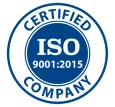
In the fast and competitive word, digital marketing is the most important aspect. Any business needs digital marketing support to grow in the marketing field. Facebook Ads Is most fastest and cheapest technique to grow your business online.
As we all know everyone is using Facebook now a day so targeting your potential audience is very easy. Most of the businesses are looking for a Facebook Ads Expert so cracking Facebook Ads interview question is a trick that everyone should know
Facebook Ads Interview Question
Here is a some sample facebook ads interview Questions are:
Facebook Ads Manager is a tool that allows businesses to create, manage, and analyze their advertising campaigns on Facebook and its associated platforms, such as Instagram. Key features include ad creation, audience targeting, budget management, performance tracking, and reporting. Ads Manager supports various ad formats like image, video, carousel, and collection ads, and it provides insights into metrics such as reach, engagement, and conversions.
Targeting on Facebook can be highly specific. You can define your audience based on demographics (age, gender, location), interests, behaviors, and connections. Custom Audiences allow you to reach people who have interacted with your business, while Lookalike Audiences help you find new people similar to your best existing customers. Facebook also provides detailed targeting options and advanced tools like Audience Insights to refine your audience.
CPC (Cost Per Click) is the cost an advertiser pays each time a user clicks on their ad. It is a common bidding strategy for driving traffic to a website or landing page. CPM (Cost Per Mille), or cost per thousand impressions, is the cost for 1,000 ad impressions. It is often used for brand awareness campaigns where the goal is to reach a broad audience.
The Facebook Pixel is a piece of code that you place on your website to track visitor actions and measure the effectiveness of your ads. The main benefits include tracking conversions, optimizing ads based on collected data, building Custom Audiences from website visitors, and gaining insights into website traffic for more informed decision-making.
Success can be measured using key performance indicators (KPIs) that align with campaign objectives. Common KPIs include click-through rate (CTR), conversion rate, cost per acquisition (CPA), return on ad spend (ROAS), and engagement metrics such as likes, shares, and comments. Facebook’s reporting tools and Analytics can help track these metrics over time.
Strategies to lower the cost per conversion include refining audience targeting to ensure the ads are shown to the most relevant people, improving ad creatives and copy to increase engagement, utilizing A/B testing to determine the best-performing ads, optimizing landing pages for better user experience and higher conversion rates, and adjusting bids and budgets based on performance data.
For a new product launch, I would start by defining clear objectives, such as brand awareness, lead generation, or sales. I would create a comprehensive audience profile using Facebook’s targeting options. I would develop compelling ad creatives that highlight the product’s unique selling points and benefits. I would use a mix of ad formats to engage the audience effectively. I would also set up tracking with the Facebook Pixel to measure conversions and optimize the campaign in real-time based on performance data.
Facebook Analytics provides insights into user behavior and interactions across your website, app, and Facebook page. You can use this data to understand user journeys, track key metrics like retention and lifetime value, and identify drop-off points. By analyzing this information, you can optimize your ad targeting, improve user experiences, and refine your marketing strategies to increase conversions and ROI.
A/B testing (split testing) is crucial for determining which elements of an ad campaign are most effective. To conduct an A/B test, you create two or more versions of an ad with variations in elements like headline, image, CTA, or audience. You then run these ads simultaneously to a similar audience segment and measure their performance. Based on the results, you can identify the best-performing elements and apply these insights to optimize future campaigns.
With a limited budget targeting a niche audience, I would focus on highly specific audience targeting to ensure the ads reach the most relevant users. I would use Custom Audiences and Lookalike Audiences to narrow down the target group. Additionally, I would prioritize ad formats and placements that have historically performed well for similar campaigns. Regular monitoring and optimization, such as adjusting bids and budgets based on performance, would help maximize ROI.
For a retargeting campaign targeting cart abandoners, I would use Facebook Pixel to track users who added items to their cart but didn’t complete the purchase. I would create a Custom Audience based on this behavior and develop personalized ad creatives that remind them of the products they left behind, possibly offering incentives like discounts or free shipping. The ads would be highly relevant and include a strong call-to-action to encourage them to complete their purchase.
To increase engagement, I would focus on creating compelling and relevant ad content. This includes using high-quality images and videos, writing attention-grabbing headlines, and incorporating clear and concise messaging. Interactive ad formats like polls, carousel ads, and video ads can also boost engagement. Additionally, targeting the right audience and using social proof, such as user reviews or testimonials, can make the ads more relatable and engaging.
Handling negative feedback involves monitoring ad comments regularly and responding promptly and professionally. I would address legitimate concerns or complaints with empathy and offer solutions or further assistance if needed. For irrelevant or harmful comments, I would hide or delete them if they violate community guidelines. Constructive feedback would be used to improve future ad campaigns, ensuring a better user experience.
To Learn Social Media Marketing Course in Kolkata. Enroll in Digi Rathi and get 100% Placement after the course.
Point to Remember
Research the Company:
Understand the company’s mission, values, products, services, and culture.
Know recent news, achievements, and key personnel.
Understand the Job Description:
Be clear about the role’s responsibilities, requirements, and expectations.
Match your skills and experiences with the job requirements.
Prepare Your Answers:
Practice answers to common interview questions (e.g., “Tell me about yourself,” “Why do you want to work here?”).
Use the STAR method (Situation, Task, Action, Result) to structure your responses to behavioral questions.
Prepare Questions to Ask:
Have a list of insightful questions about the role, team, and company.
This shows your genuine interest and helps you assess if the company is a good fit.
Know Your Resume:
Be prepared to discuss everything on your resume, including gaps, job transitions, and accomplishments.
Highlight experiences relevant to the job you’re applying for.
Dress Appropriately:
Choose attire that matches the company’s dress code, typically business or business casual





